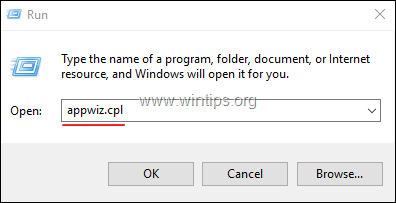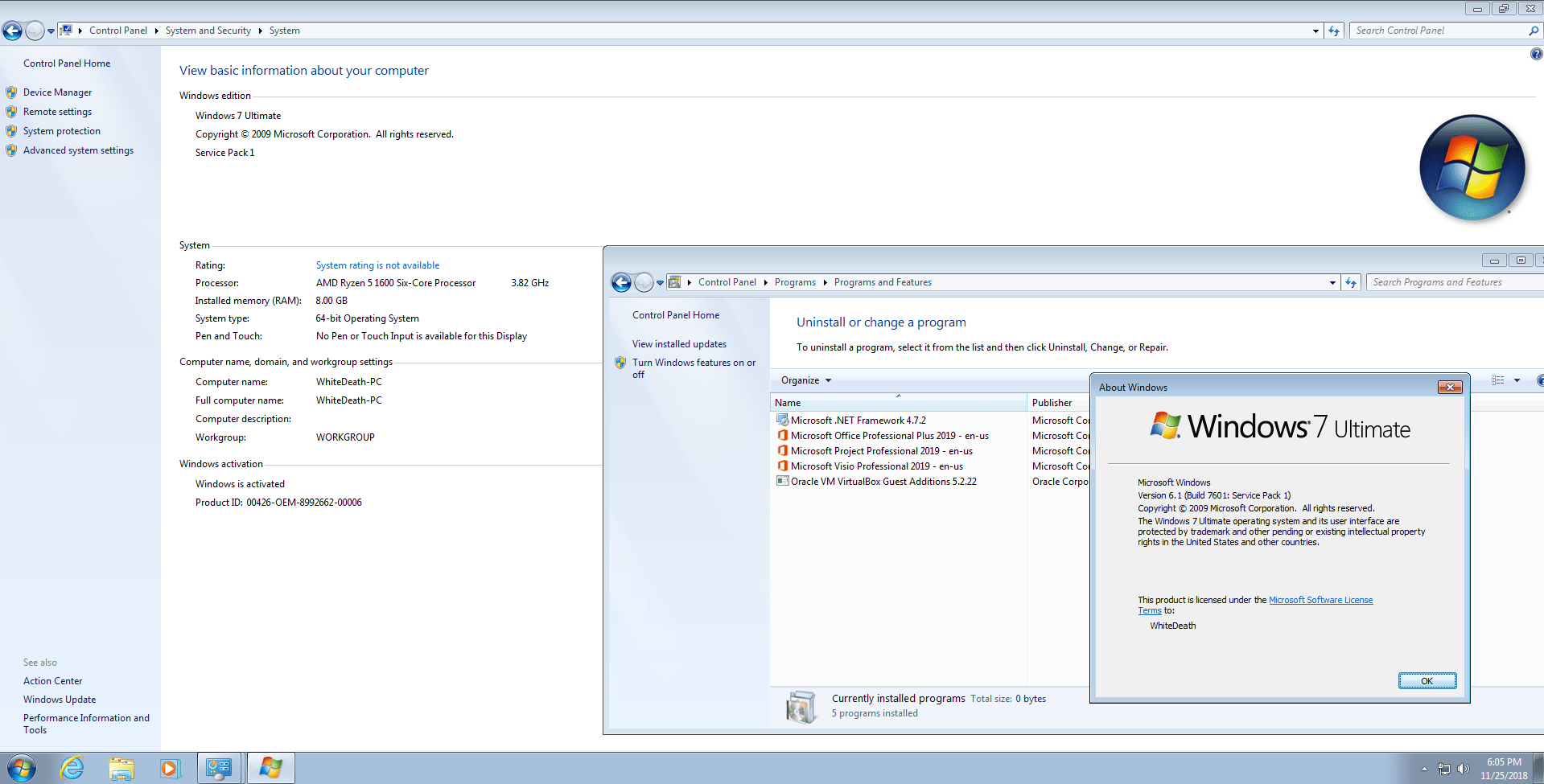- Can Microsoft Office 2019 Run On Windows 7
- Install Office 2019 Windows 7
- Does Office 2019 Run On Windows 7
- Will Office 2019 Run On Windows 7
Before we talk about the Office 2019 System Requirements, let me first clarify what you get with this release.
Jared Spataro, Microsoft’s corporate vice president for Office and Windows group, comes right out and says that Office 2019’s applications are “frozen in time. What we heard is that neither Windows 7 or 8.1 are supported. The rumor is that Office 2019 will only be expected to run on Windows 10. The following Windows 10 editions are expected to run Office 2019. Any supported Windows 10 SAC (Windows as a Service) release; Windows 10 Enterprise LTSC (Long-Term Servicing Channel) 2018.
Office 2019 is now available on a preview for commercial customers for both Windows and Mac. We do not have a lot of information available on the release dates yet since we are still away from the final release of the product. We expect the version to debut sometime in the latter half of 2018, subject to change. So, how does it differ from a traditional O365 subscription? Well, if you are an existing Office 365 ProPlus customer, you should already be on the latest version of the Office build. Office 2019, on the other hand, is a one-time purchase which gives you access to the 32-bit & 64-bit Windows desktop applications. So, in essence, Office 2019 is a perpetual upgrade to Office 2016.
This release of Office 2019 is ideal for disconnected PCs and Laptops which are not connected to the internet or are installed in a corporate environment.
With the Office 2019 release, you get the following:
- Word 2019
- Excel 2019
- PowerPoint 2019
- Outlook 2019
- OneNote 2019
- Publisher 2019
- Access 2019
- Project Professional 2019 and
- Visio 2019
Can Microsoft Office 2019 Run On Windows 7
Note: Commercial Previews are for Microsoft’s Volume Licensing Customers only!
On the server side, we expect Microsoft to release the following:
- Exchange Server 2019
- SharePoint Server 2019
- Project Server 2019 with SharePoint 2019 as a prerequisite
- Skype for Business Server
Office 2019 System Requirements
At the time of writing this post, we do not have much information on specific details. So, we will keep this post as a placeholder, before we get concrete official information on the Microsoft Website.
What we heard is that neither Windows 7 or 8.1 are supported. The rumor is that Office 2019 will only be expected to run on Windows 10. The following Windows 10 editions are expected to run Office 2019.
- Any supported Windows 10 SAC (Windows as a Service) release
- Windows 10 Enterprise LTSC (Long-Term Servicing Channel) 2018
- The next LTSC release of Windows Server 2019
With a onetime purchase, you will get security and stability updates, plus bug fixes. What you do not receive is feature upgrades. You can visit the official Microsoft Office Blog for more updates regarding this release.
For regular automatic feature updates, we recommend going with the subscription-based O365 subscription. For an overview, see below:
Office 365 – An Overview
Microsoft offers you ten different alternatives when it comes to Office 365. If you are confused about what Office 365 all about, it is a cloud-based office product that caters to the online usage of the service. It also gives you a subscription-based licensing for Office products installed on your client PCs.
You have access to the following ten options you can opt for –
- Office 365 Home
- Office 365 Personal
- Office 365 Home and Student
- Office 365 ProPlus
- Office 365 Enterprise E1
- Office 365 Enterprise E3
- Office 365 Enterprise E5
| Features | ||
| Office 365 Message Encryption | Yes | No |
| Data Governance | No | Yes |
| Archiving | Yes | Yes |
| Auto expand archival | Yes | No |
| Manual retention/deletion policies | Yes | No |
| Data Loss Prevention | Yes | No |
| Number of users | Unlimited | Max 300 |
| OneDrive Storage | Unlimited | 1 TB |
| Email Storage | Unlimited | 50 GB |
| Custom templates, including departmental templates | Yes | No |
| In-place Hold and Litigation Hold | Yes | No |
| eDiscovery Online/SharePoint online | Yes | No |
Conclusion
We hope you get some idea about what to expect with the next release of Office 2019. Once we have more information, we will update our post with more detailed information. Comments and suggestions are welcome in the comment section below. Thanks for visiting!
Disclaimer: The Questions and Answers provided on https://www.gigxp.com are for general information purposes only. We make no representations or warranties of any kind, express or implied, about the completeness, accuracy, reliability, suitability or availabilitywith respect to the website or the information, products, services, or related graphics contained on the website for any purpose.Related articles
Office 2019 is the latest version of Microsoft's productivity software that's available as a one-time purchase from a retail store or through a volume licensing agreement.
Important
Office 2019 is separate from Office that's available through Office 365 (or Microsoft 365) plans. For example, if you've deployed Microsoft 365 Apps for enterprise (previously named Office 365 ProPlus) to the users in your organization, you don't need Office 2019. You already have all the features, and many more, that are included in Office 2019.
Volume licensed versions of Office 2019 are available for enterprise admins to download and deploy to the users in their organization. This includes the following Office products:
- Office Professional Plus 2019
- Office Standard 2019
- Project Professional 2019
- Project Standard 2019
- Visio Professional 2019
- Visio Standard 2019

These Office products now use Click-to-Run, instead of Windows Installer (MSI), as the installation technology. But, how you activate these Office products – for example, by using Key Management Service (KMS) – remains the same.
Office 2019 for Mac is also available for volume licensed customers. For more information, see Deployment guide for Office for Mac.
What's changed in Office 2019?

The biggest change since Office 2016 is that the installation technology used by the new volume licensed versions of Office is Click-to-Run, instead of Windows Installer (MSI). Click-to-Run has been the installation technology for most Office products since the release of Office 2013.
In addition to Click-to-Run, the following are some other changes that you need to be aware of:
- Office 2019 is supported on Windows 10 but isn’t supported on Windows 7 or Windows 8.1. For more information, review the system requirements.
- To configure and perform installations, you use the Office Deployment Tool, which is a free download from the Microsoft Download Center. The Office Customization Tool that you previously used for Windows Installer (MSI) is no longer used.
- Instead of downloading the installation files from the Volume Licensing Service Center (VLSC), you use the Office Deployment Tool to download the installation files directly from the Office Content Delivery Network (CDN) on the internet.
- When you install Office Professional Plus 2019, all apps are installed by default. But, you can configure the Office Deployment Tool to exclude certain apps from being installed.
- Office 2019 is installed on the system drive, which is usually the C: drive. The installation location can’t be changed.
- You can configure updates to Office 2019, such as security updates and bug fixes, to be automatically downloaded and installed from the Office CDN. Individual downloads for each security update or bug fix aren’t available.
What's stayed the same in Office 2019?
Even though there is a different installation technology, you can still use the same software distribution tools, such as Microsoft Endpoint Configuration Manager, that you currently use to deploy Office. Also, how you activate volume licensed versions of Office – for example, by using Key Management Service (KMS) – remains the same.
The major version of Office 2019 is staying at 16.0, so some additional things are staying the same if you're upgrading from Office 2016, including the following:
- Existing Group Policy settings will continue to work, because the registry location for those settings will still be located in HKEY_LOCAL_MACHINESOFTWAREPoliciesMicrosoftOffice16.0 and HKEY_CURRENT_USERSOFTWAREPoliciesMicrosoftOffice16.0.
- Other registry locations and settings information that reference 16.0 will still apply.
- Add-ins and other extensibility solutions that are compatible with Office 2016 will most likely be compatible with Office 2019 or will require only minimal testing.
Install Office 2019 Windows 7
What are the new features in Office 2019?
For information about the new features in Office 2019, see the “what’s new” articles for Access, Excel, Outlook, PowerPoint, Project, Visio, and Word. Office 2019 includes some, but not all, features that are available in versions of Office that come with an Office 365 (or Microsoft 365) plan.
Office 2019 won’t receive additional new features now that it has been released. If you want to get new Office features on an on-going basis, you should consider moving to an Office 365 plan (or Microsoft 365) plan that includes Office. Most of these enterprise plans include Microsoft 365 Apps for enterprise (previously named Office 365 ProPlus), which includes the same Office apps as Office Professional Plus 2019. For more information about available plans, see Office 365 plans for enterprises and Microsoft 365 plans for enterprises. For more information about new features, see What’s new in Microsoft 365.
How do I upgrade to Office 2019?
We recommend that you uninstall existing versions of Office before you deploy Office 2019. If you’re uninstalling previous versions of Office products that were installed with Windows Installer (MSI), the Office Deployment Tool can remove most of those products for you as part of the installation of Office 2019. For more information, see Remove existing versions of Office before installing Office 2019.
Does Office 2019 Run On Windows 7
Additional information
- Office Professional Plus 2019 includes Access, Excel, OneNote, Outlook, PowerPoint, Publisher, Word, and Skype for Business.
- There isn’t a new 2019 version of OneNote, but a version of OneNote is installed with Office 2019. For more information, see Deployment guide for OneNote.
- All products in the Office 2019 are available in both 32-bit and 64-bit versions. We recommend 64-bit on computers that have 4 gb or more of memory. But you should assess application compatibility and other factors that might require you to use the 32-bit version. For more information, see Choose between the 64-bit or 32-bit version of Office.
- After downloading the installation files, internet access isn’t required to install, activate, or use Office 2019.
- There isn’t a 2019 version of SharePoint Designer or InfoPath. The last version for both products is 2013.
- Volume licensed versions of Office 2019 aren't supported on Windows 10 in S mode or when using Windows Defender Application Control (WDAC).
Will Office 2019 Run On Windows 7
Related articles
